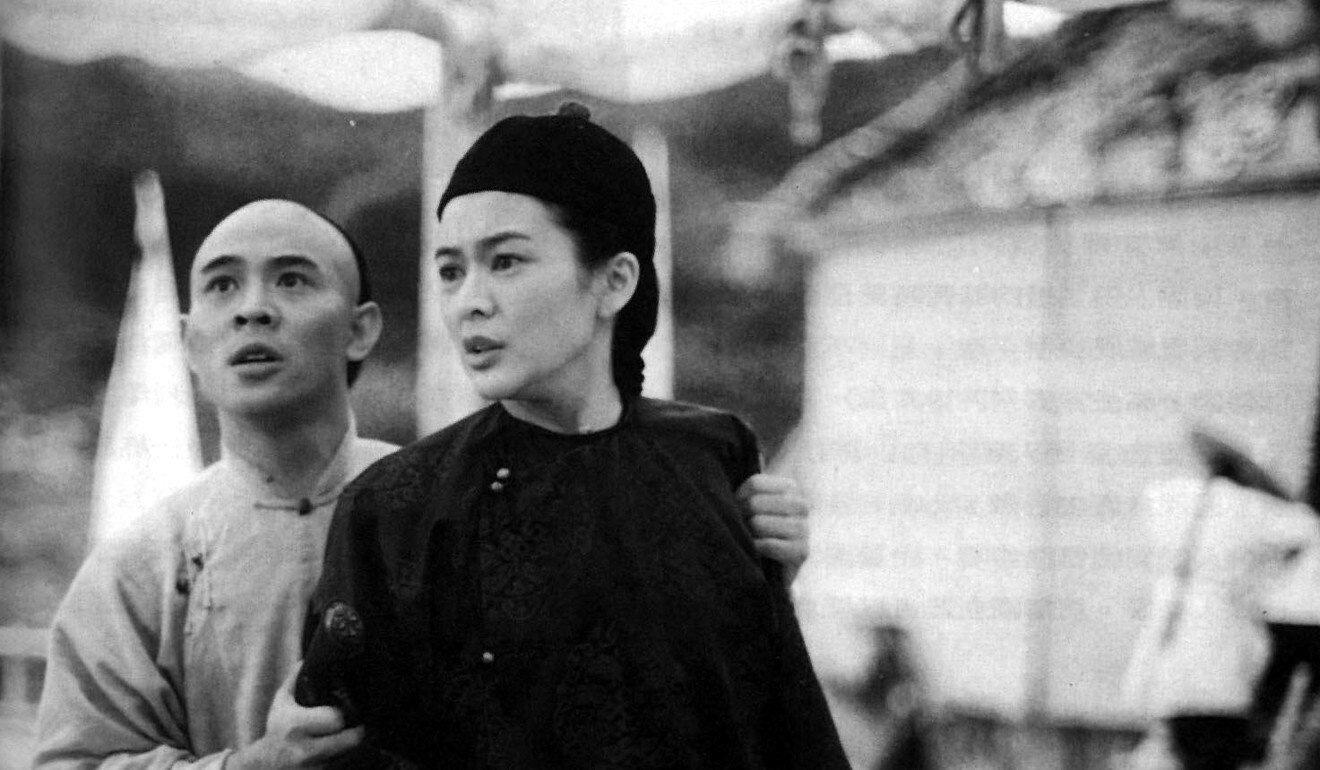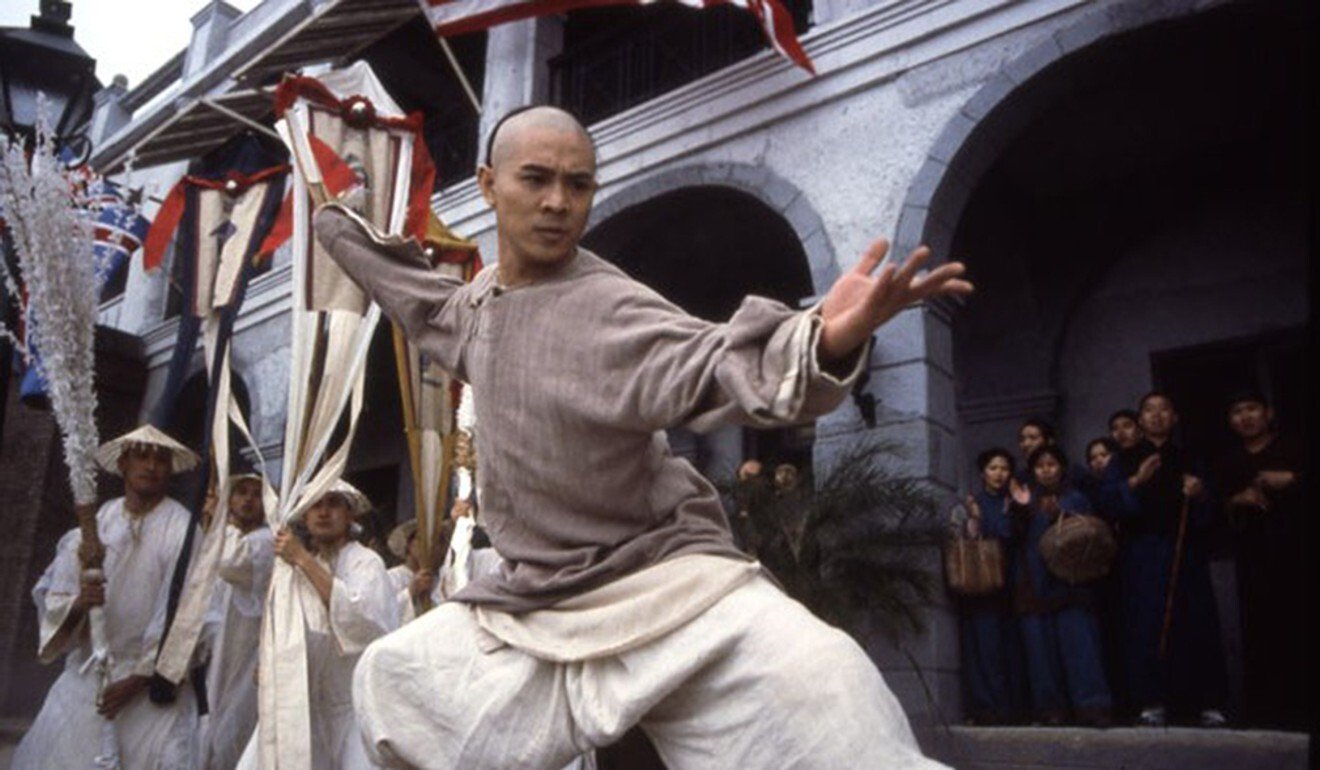
Jet Li’s star turn in Once Upon a Time in China, Tsui Hark film that revitalised Hong Kong martial arts cinema
- Cantonese hero Wong Fei-hung is the subject of Tsui’s film, portrayed, surprisingly for some, by northern Chinese actor Jet Li. His kung fu skills won over fans
- The story is about more than martial arts – Wong is shown trying in vain to defend Chinese culture – but its action scenes and dazzling finale make it memorable
There’s much more than action to Tsui Hark’s exuberant Once Upon a Time in China, although the action scenes are plentiful and superlative. The sprawling narrative of the 1991 film addresses colonialism, corruption, Westernisation, and modernisation in a manner which is both historical and contemporary.
The story, which is set in the late 19th century, is frenetic and free-ranging. “I decided that if I had the chance, I would link Wong Fei-hung with every incident in the modern history of China,” Hark told Asian Cinema magazine.
“That’s why, when it was time to choose the English title, I chose Once Upon a Time in China, to imply that what was taking place could be happening now or in the future.”
Wong falls foul of the foreign powers, as well as the provincial governor, who is trying to pacify them. He also has to deal with gangsters and a rival martial artist, and look after his Westernised Thirteenth Aunt (Rosamund Kwan Chi-lam). Much of the story revolves around Wong’s inability to use his kung fu against the foreigners’ guns, which he sees as a symbol of how Western ideas are encroaching on – and destroying – Chinese culture.

Wong Fei-hung had been the subject of more than 85 films in the 1950s and 1960s, most of which starred Kwan Tak-hing, an actor who had become synonymous with the hero.
Kwan’s version of Wong upheld traditional Confucian values and showcased the southern Chinese martial arts style of Hung Ga.
Hong Kong martial arts cinema: everything you need to know
Li was an unusual choice to play Wong, as he was a northerner – his Cantonese was poor when he made Once Upon a Time in China.
Li had trained in wushu, which is a non-combat sport authorised by Chinese authorities that concentrates on form rather than fighting. Wushu is based on northern styles of kung fu.

Tsui, who came to prominence as part of the Hong Kong New Wave, liked to experiment, and the film revitalised the martial arts genre with fast edits which constructed the fight scenes rather than showing them play out in real time.
This was the antithesis of many 1970 filmmakers’ approach; they wanted to show the purity of the various martial arts styles. Tsui was successful because he used the editing techniques to enhance Li’s skills rather than fabricate them.
How Jet Li in Hero reflected director’s propagandist politics
In this regular feature series on the best of Hong Kong martial arts cinema, we examine the legacy of classic films, re-evaluate the career of its greatest stars, and revisit some of the lesser-known aspects of the beloved genre. Read our martial arts film explainer.
